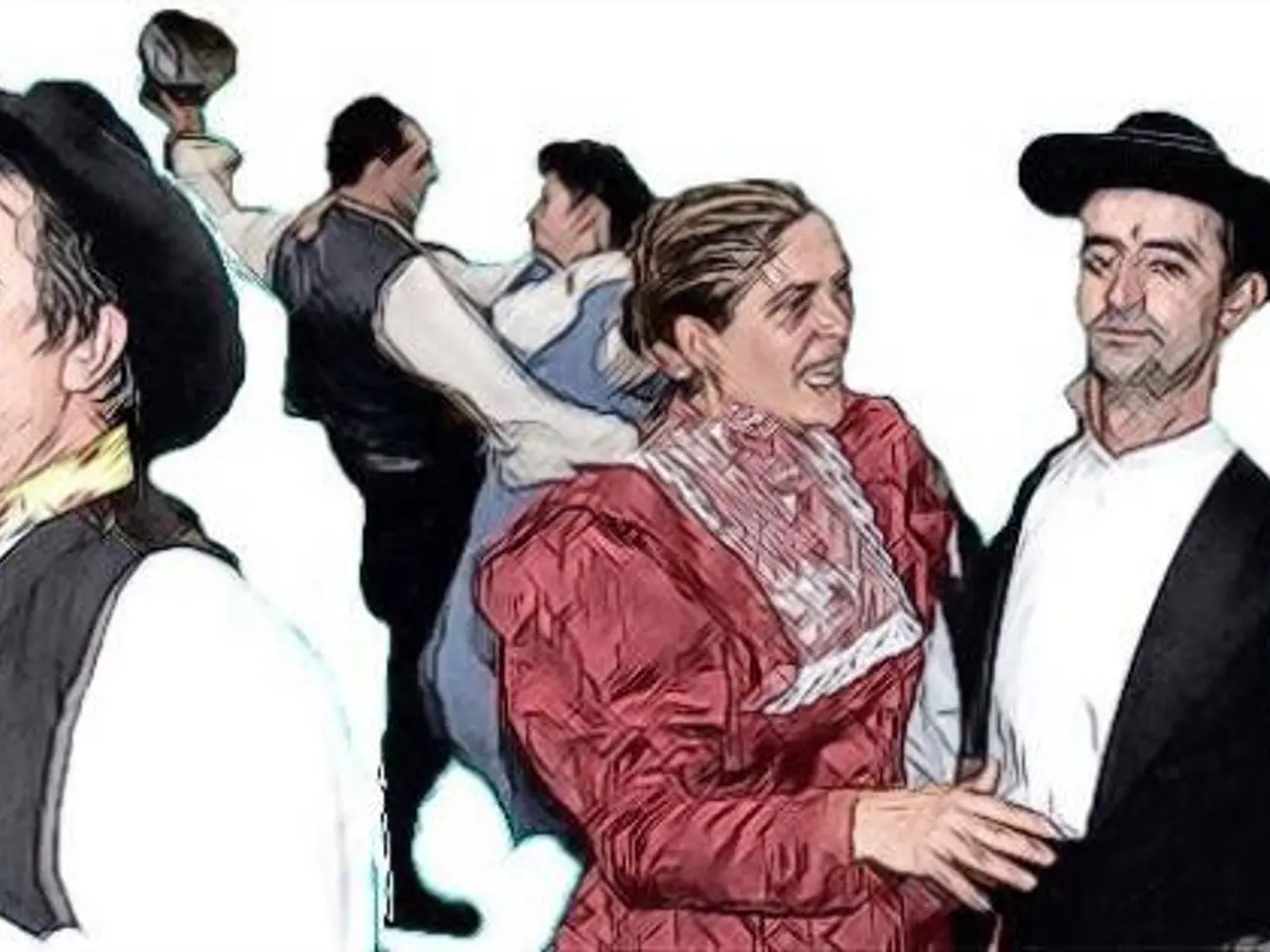Obsessive-Compulsive Disorder (OCD) Focused on Romantic Relationships: Origins, Issues
In the complex world of mental health, one condition that can significantly impact relationships is Relationship Obsessive-Compulsive Disorder (ROCD). Steve Harvey, the founder of Intrusivethoughts.org, shares his personal journey living with this disorder.
Harvey, diagnosed with ROCD in his early 30s, found himself constantly questioning his love for his partner and comparing his attraction to others. This disorder caused him considerable distress and anxiety, particularly when it came to evaluating his partner's physical appearance and intellectual standards.
However, Harvey learned to live with ROCD as a chronic condition, passing thoughts instead of letting them overwhelm him. He found solace in mindfulness strategies, particularly asking himself if he was willing to leave his partner today when doubts arose.
Jonathan S. Abramowitz, Ph.D., a clinical psychologist and professor, explains that people with OCD, including those with ROCD, have obsessional thoughts about things that are most important to them, including relationships. The biggest sign of ROCD, according to Abramowitz, is having senseless worries and doubts about whether one loves their partner, despite being happy in the relationship.
People with ROCD may worry about ending the relationship, even though it's going well, due to their need for certainty and intolerance of uncertainty. Abramowitz explains that the stuff that people with OCD have an obsession about, such as love, cannot have a guarantee. Therefore, those with ROCD may get upset that they're having these thoughts and start to seek a guarantee that they really are in love, which drives them to perform compulsive behaviors.
The recommended treatment methods for Relationship Obsessive-Compulsive Disorder primarily include cognitive-behavioral therapy (CBT) involving exposure and response prevention techniques. This is considered the first-line approach for obsessive-compulsive disorders in relationships. Additional approaches may include acceptance-based therapies, mindfulness-based cognitive therapy, and emotion regulation strategies, but CBT remains central.
During ERP therapy, one is exposed to thoughts, images, objects, and situations that make them anxious and taught not to engage in a compulsive behavior or ritual when they are exposed to what makes them feel anxious. Harvey practiced ERP therapy to face his fears and manage his thoughts about his relationships.
It's essential to remember that ROCD is just one of many presentations of OCD, with other presentations involving cleanliness, contamination, germs, safety, and harm. If you or someone you know is struggling with such thoughts and compulsions, it's crucial to seek help from a mental health professional.
In the end, living with ROCD is a challenging journey, but with the right support and treatment, it's possible to learn to live with and manage the disorder. As Steve Harvey's story shows, it's possible to find peace and happiness despite the constant intrusive thoughts.
Read also:
- What is the expected timing for the flu season in this current year?
- Essential Information on Cushing Syndrome: a Disorder Caused by High Cortisol Levels
- Starting in September, elderly individuals aged 75 years and above will be enrolled in a preventive program for Respiratory Syncytial Virus (RSV).
- Financial burdens associated with alcohol-induced offenses and criminal justice system expenses




